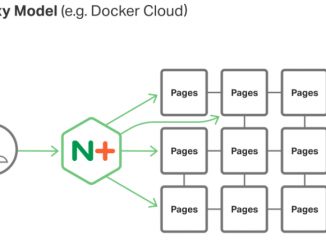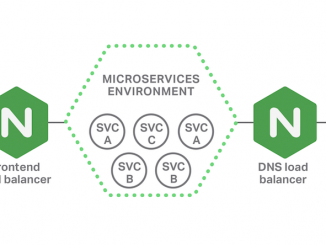
Maximizing Python Performance with NGINX, Part II: Load Balancing and Monitoring
Maximizing Python Performance with NGINX, Part II: Load Balancing and Monitoring Introduction: Using Multiple Servers Part I of this two-post blog series tells you how to maximize Python application server performance with a single-server implementation and how to implement static file caching and microcaching using NGINX. Both kinds of caching can be implemented either in a single-server or – for better performance – a multiserver environment. Python is known for being a high-performance scripting language; NGINX can help in ways that are complementary to the actual execution speed of your code. For a single-server implementation, moving to NGINX as the web server for your application server can open the door to big increases in performance. In theory, static file caching can roughly double performance for web pages that are half made up of static files,as many are. Caching dynamic application [ more… ]




